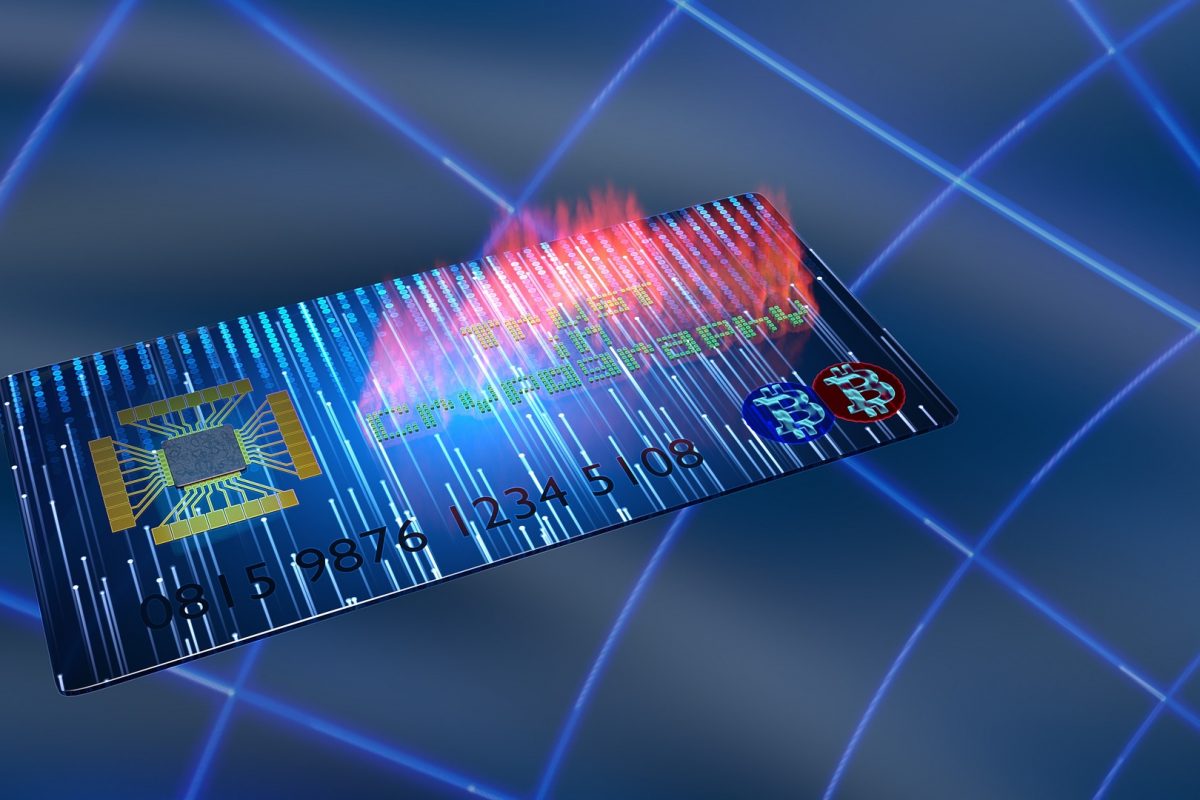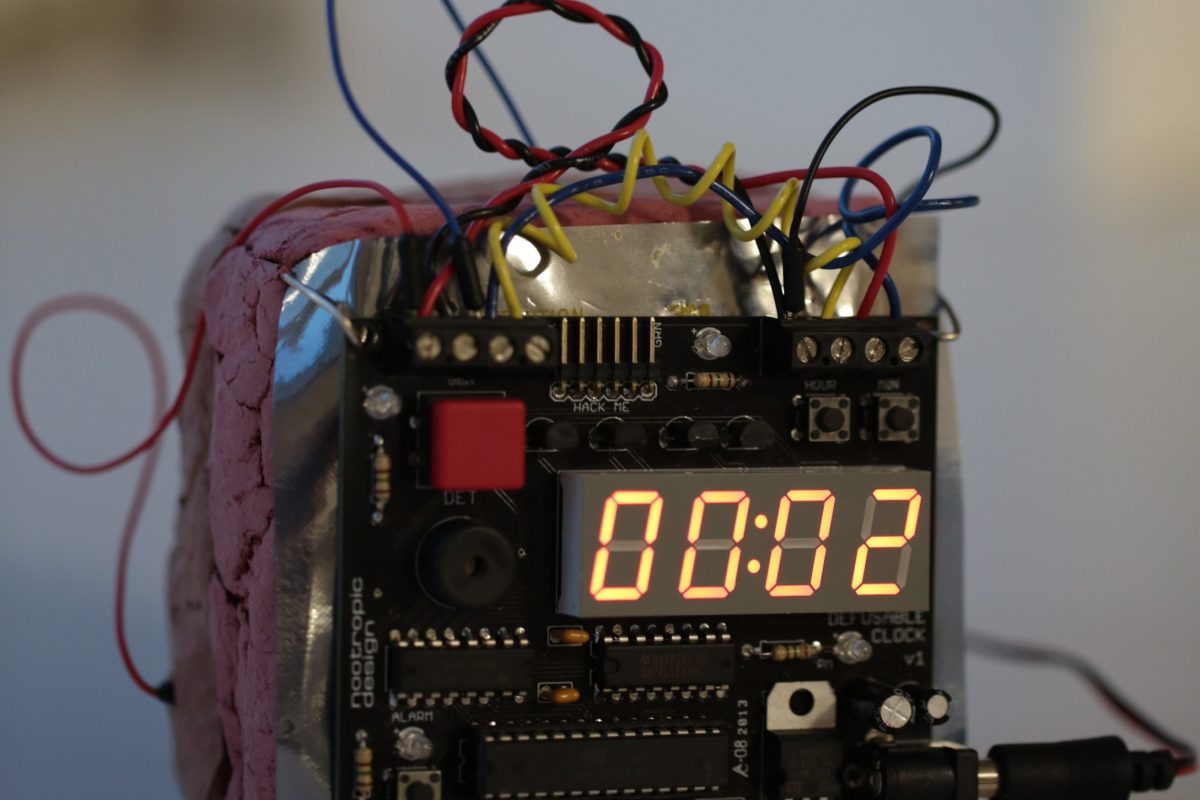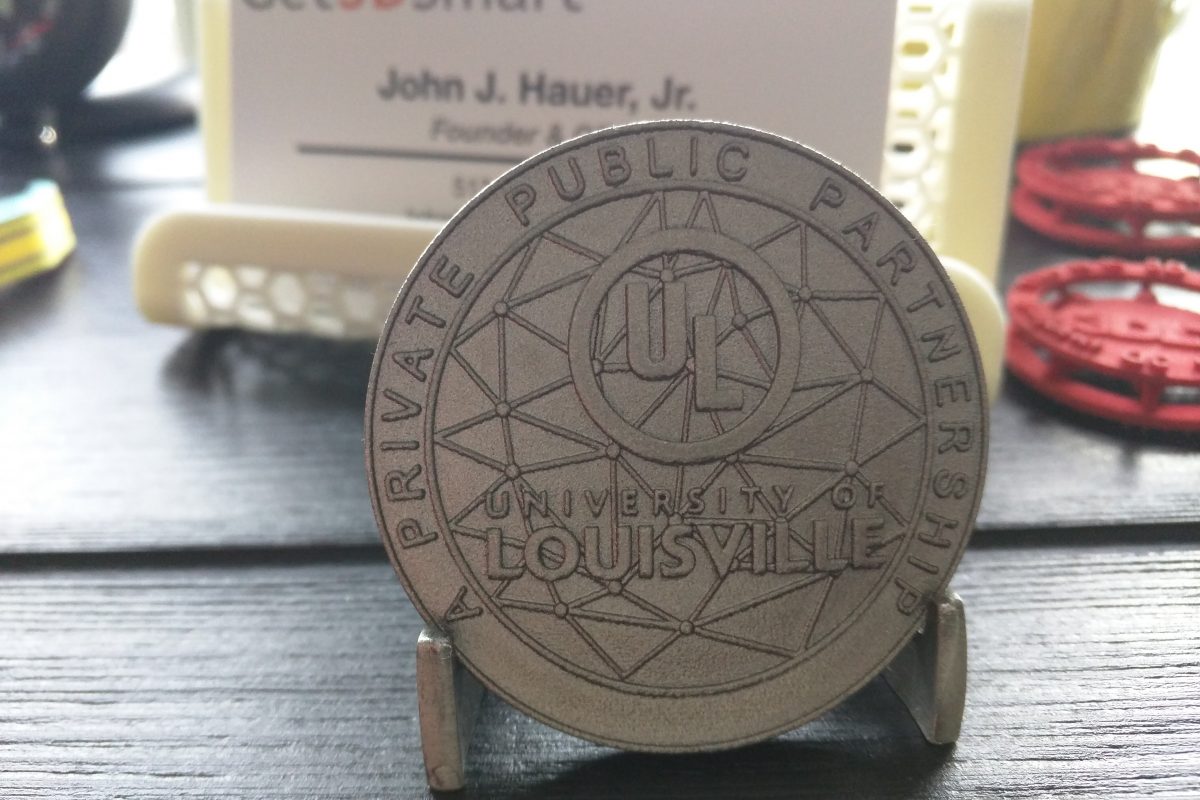You can’t have the resources until you get the revenue. Capturing revenue without resources is incredibly difficult. Chicken meets egg. It’s a problem I’ve been solving most of my adult life.
Early on, whether it’s conscious or not, nearly every startup makes a choice. They decide whether they will focus on product or market. In most cases, inventors focus on product. They’re engineers, programmers and others who see a problem and know how to fix it. Entrepreneurs want to build a business. They know that starts with customers. For many of them the product, while important, is secondary.
At 3DLT, I felt it was more important to focus on the market first. There were several reasons. First, it was something of a race and I wanted to win. Second, at the time, I honestly didn’t think either the technology (3D printers) or the content (3D printable designs) were very good. I knew they would get better, but it would take a while. So, we partnered with large retailers like Walmart and Amazon to build a huge pool of potential customers.
With that in place, we could turn our attention towards building and improving our catalog of products.
The gamble didn’t pay off for 3DLT. Big things require significant investment. Even though we proved we were capable of executing on our strategy, investors wanted to see something more. Revenue. Egg, meet chicken.
Consolidation
Around the same time, two of the 3D printing industry’s biggest players, 3D Systems and Stratasys were both on acquisition sprees. Stratasys bought Solid Concepts and Harvest Technologies. From 2000 – 2015, 3D Systems made dozens of acquisitions. Many of them were also service bureaus.
With all of that consolidation, Stratasys and 3D Systems owned a significant chunk of the service bureau market. While it has helped them weather the storm over the past few years, it also magnified problems with supplier competition.
Both companies were trying to sell machines to the remaining independent service bureaus, while at the same competing against them for work.
A while back I wrote an article about supplier competition. I said then that it was 3D printing’s ticking timebomb:
“As demand for 3D printing grows, the print-for-pay segment is certain to explode. For-pay makerspaces and 3D print shops will proliferate. More and more independent service bureaus will come online. In addition, retailers and others will bring 3D printers in-store. The UPS Store and Staples are already doing it. The manufacturers will happily sell them gear. Their print-for-pay customers will hire salespeople and conduct marketing campaigns. They’ll eventually go to close a deal, only to find out their competition is also their vendor.”
Expansion
Fast forward a few years and most of my predictions have come true. 3D print shops are on the rise. More service bureaus have come online. Retail has been a slow mover, but that’s not totally unexpected. Many of them are in a death spiral.
Supplier competition is still a nagging burr under the saddle of 3D printing. It’s festering and soon will become unmanageable…but I digress.
The important part here is that entrepreneurs are starting new service bureau businesses. For example, Morf3D, founded by CEO Ivan Madera, announced the opening of its Innovation Center in October 2015. The company has since bought several high-end machines from EOS and others, using them to provide parts for customers in aerospace, defense and other industries.
Tangible Solutions is another great example of a service bureau that started during the acquisition spree and now, just a few short years later is growing to the point of expansion.
I ran into their CEO, Adam Clark at RAPID. He asked me to come visit their new facility. I asked where they had moved. He said, “we’re in Fairborn (Ohio), at the old Miami Valley Publishing plant.”
I knew exactly where it was because MVP was one of my print-for-pay customers back when I worked for Xerox.
Ironic that a 3D printing service bureau moved into a building that was designed for 2D commercial printing? Maybe, but sensible when you consider that the building requirements and job workflow are nearly identical.
In both of those cases, the founders were able to solve the chicken and egg through investment. Morf3D has received funding through Sigma Labs. Tangible Solutions received a loan from the City of Fairborn.
Bootstrapping
Of course, another way to solve the problem is through bootstrapping. With this strategy, the founders don’t take any outside money. Instead, they focus on selling products that don’t require significant investment, or they leverage other people’s resources.
Outsourcing is one example. Brokers in many industries sell products that are produced by others elsewhere. In the 2D printing industry, print brokers were a dime a dozen. It became so common that some commercial printers had a separate price list for brokered work. Others even built facilities that weren’t available to the public. They were dedicated to “trade work.”
3D printing is a big opportunity for brokers. Volume is building and there’s still lots of margin. It would be fascinating to know what percentage of work going through today’s independent service bureaus is “for the trade.” I’m guessing it’s not trivial.
Even established companies are getting in on the act. They’re bootstrapping expansion into new categories and new geographies.
Consider FIT AG. They have built one of Germany’s premier 3D printing factories for volume manufacturing, a unique approach versus a typical service bureau model. Through an extreme focus on software, process and technology, they’ve driven out much of the ancillary or “soft” cost that comes with running a job shop.
In the 2D printing industry, a similar focus yielded huge gains. By going digital and optimizing their processes, many print shops were able to reduce the number of employees it took to complete a job from 30 plus, to less than five.
FIT has plans to expand its presence into the United States. While at RAPID, I had a chance to sit down with FIT America (FIT AG’s US subsidiary) Vice President of US Sales, John Baliotti. I asked him about the opportunities involved with expansion into a new market.
“I am very excited to help introduce FIT and our capabilities to a variety of markets in the US,” John said. “FIT has generated consistently high growth leveraging both our unique additive design and manufacturing capabilities with a focus toward volume production for our clients and partners. In the US, we are fortunate to be able to leverage over 23 years of knowledge and experience that our founder and colleagues have accumulated.”
While that’s certainly beneficial, it will take significant effort to grow a new market. Whether you’re working for a large company, or running your own small business, the chicken and egg problem is ubiquitous. Eventually, the only solution is revenue.
Big Hits
There’s an old adage in sales that it costs as much to get several small deals as it does to get one big one. In many cases, for the reasons stated above, that’s true. It’s also true that it costs more to acquire a new customer than it does to keep an existing one.
In the 2D printing industry, the impact of digital and these realities forced reps to stop selling orders, and start selling programs. Instead of competing for each job, service bureaus created contract relationships where customers got special pricing in exchange for ongoing volume. Most were centered around “killer applications” that were mission-critical to the client’s business.
The 3D printing industry is beginning to think along similar lines. John Baliotti describes it this way:
“When you’re expanding into a new geography with clients and partners who are new to additive manufacturing, it is important to develop a supporting, educating relationship and understand where our capabilities complement their current process and operations. Having the ability to offer training for additive design for manufacturing (ADM) along with our industry leading production capacity is being well received, since many potential clients don’t have the trained resources to fully realize the benefits additive manufacturing can offer them.”
The challenge of course, is that sales cycles are long and you’ve got to have enough runway to realize the reward. As usual, it takes money to make money.
As the 3D printing industry continues to mature, more companies will become aware of it’s potential. They’ll compare the costs and workflow advantages to their current manufacturing processes. More and more will convert.
It creates opportunities for equipment manufacturers and service bureaus alike. It also speeds up the clock on 3D printing’s ticking time bomb.
As more resellers enter the business, they’ll find themselves competing with their service bureau vendors. Those service bureaus in turn will find themselves in more frequent competition with their suppliers, who will be trying to take their work, whether that means selling the client equipment or producing the output, or both.
Software Eats the World
Equipment providers think of print volume like pieces on a chessboard. They want to control it strategically.
Service bureaus have to think the same way. Some of their clients will graduate to buying their own equipment. Even then there are overflow opportunities. In that world, sales and marketing must always have their eye on new business, replacing what is lost. Just outrun it!
Service bureaus must also recognize the critical importance of software. A smart web interface can allow a customer to do more than order entry. It can also allow them to track and manage work, wherever it’s produced. By supplying these kinds of inclusive tools, a service bureau can get a window on it’s customer’s world. It also creates a stronger relationship.
After all, he who owns the data owns the customer, right?
[Creative commons “Egg In The Nest Box” is copyright (c) 2013 by Karen Jackson]












